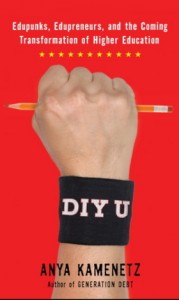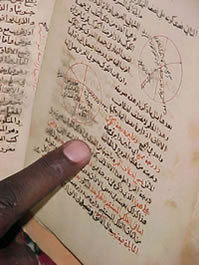Hmm. Problem number 1 in attempted daily writing for publication…. What does one write about?
For several months, I’ve been writing for at least 15 minutes almost daily, as I follow the directions of Natalie Goldberg. Her book Writing Down the Bones was recommended by Merlin Mann. Goldberg’s notion of daily writing practice has been really important to me. It’s helped me get my head together personally and professionally, but that stuff I’ve scrawled by hand in journals is not for public consumption. I’ve rarely revisited it myself. It’s practice… a “shitty first draft” … an exercise …or maybe just a warm-up.
The challenge now is to find something that climbs a little higher up the ladder. What’s something I think is worth sharing with others, even if the audience is primarily google bots crawling the web?
I might have to warm up to this. Taking a look at my Pinboard saved links or my Instapaper queue, it’s clear I have plenty of information streaming toward me. That’s a lot of stuff that could spark a response. An intended side effect of this daily writing-to-publish thing could be working my way through that pile of interesting reading. Satisfying curiosity is great, but reading, thinking, looking for connections, identifying an insight or detail worth sharing? That’s a taller order and a more focused task.
Let’s see what happens tomorrow.






